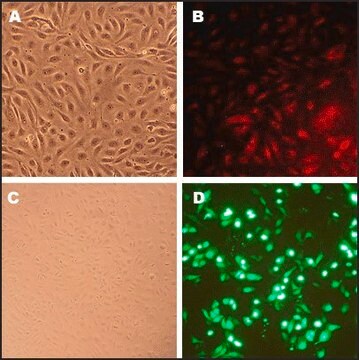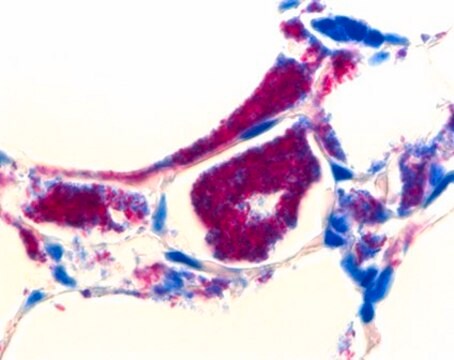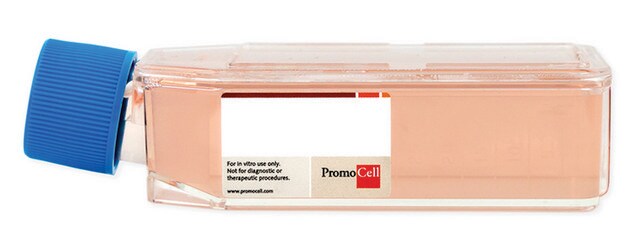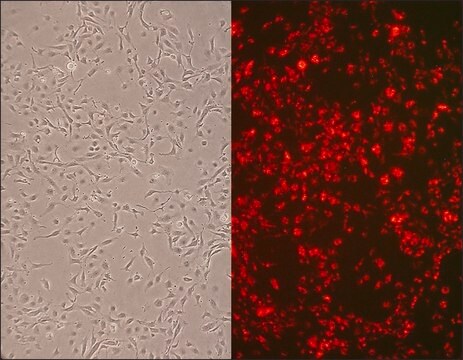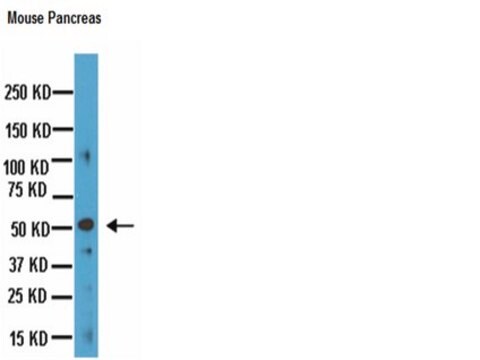C-12221
Human Coronary Artery Endothelial Cells (HCAEC)
500,000 cryopreserved cells
Synonim(y):
HCAEC cells
About This Item
Polecane produkty
pochodzenie biologiczne
human coronary artery
opakowanie
pkg of 500,000 cells
morfologia
( endothelial)
metody
cell culture | mammalian: suitable
Warunki transportu
dry ice
temp. przechowywania
−196°C
Opis ogólny
Pochodzenie linii komórkowej
Zastosowanie
Jakość
Ostrzeżenie
Rutyna subkultury
Inne uwagi
Polecane produkty
Oświadczenie o zrzeczeniu się odpowiedzialności
Kod klasy składowania
12 - Non Combustible Liquids
Klasa zagrożenia wodnego (WGK)
WGK 1
Temperatura zapłonu (°F)
Not applicable
Temperatura zapłonu (°C)
Not applicable
Certyfikaty analizy (CoA)
Poszukaj Certyfikaty analizy (CoA), wpisując numer partii/serii produktów. Numery serii i partii można znaleźć na etykiecie produktu po słowach „seria” lub „partia”.
Masz już ten produkt?
Dokumenty związane z niedawno zakupionymi produktami zostały zamieszczone w Bibliotece dokumentów.
Protokoły
Cell culture protocol: the endothelial cell transwell migration and invasion assay used to study angiogenesis and cancer cell metastasis. Poznaj ponad 350 produktów PromoCell.
Cell culture protocol: the endothelial cell transwell migration and invasion assay used to study angiogenesis and cancer cell metastasis. Explore over 350 PromoCell products.
Powiązane treści
Protokół hodowli komórkowej: test tworzenia rurek śródbłonka do badania angiogenezy przy użyciu HUVEC i innych typów komórek śródbłonka. Poznaj ponad 350 produktów PromoCell.
Nasz zespół naukowców ma doświadczenie we wszystkich obszarach badań, w tym w naukach przyrodniczych, materiałoznawstwie, syntezie chemicznej, chromatografii, analityce i wielu innych dziedzinach.
Skontaktuj się z zespołem ds. pomocy technicznej
